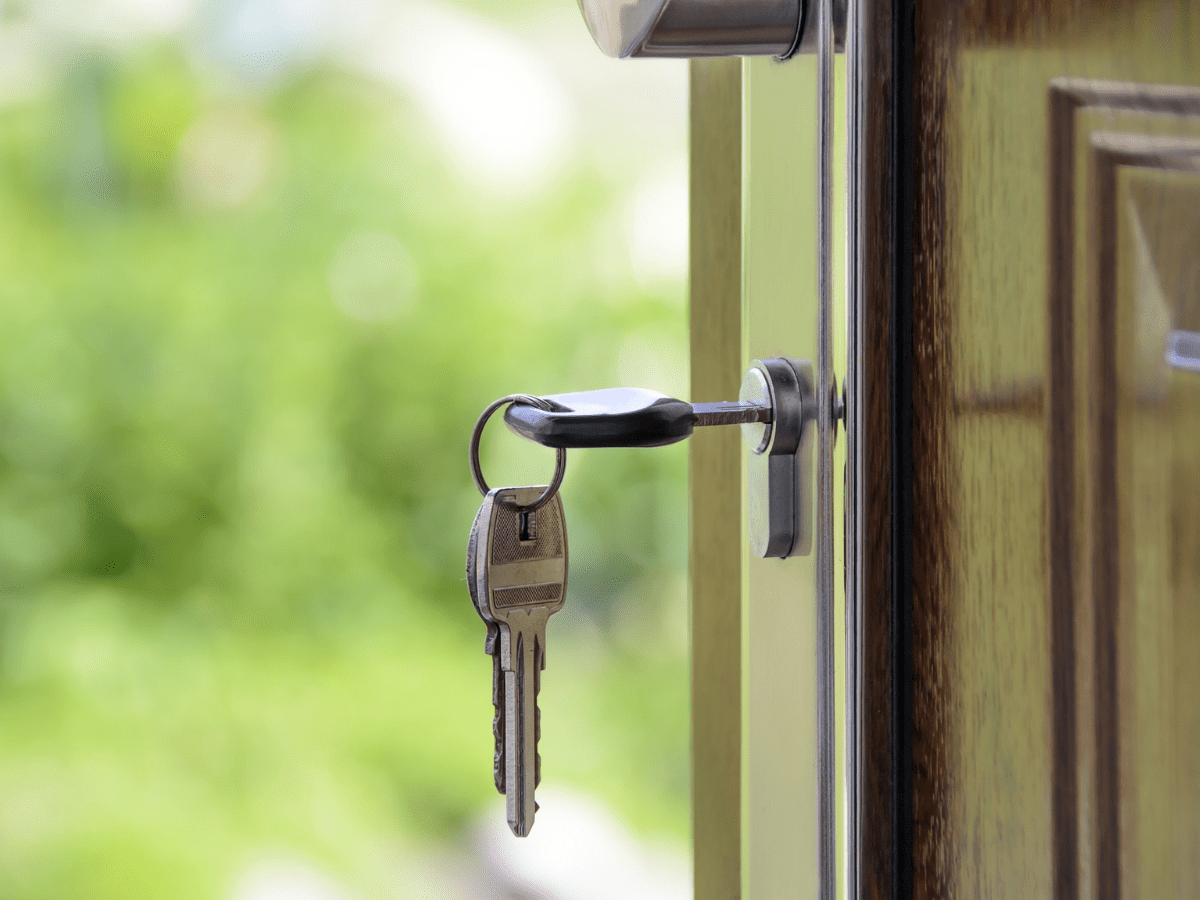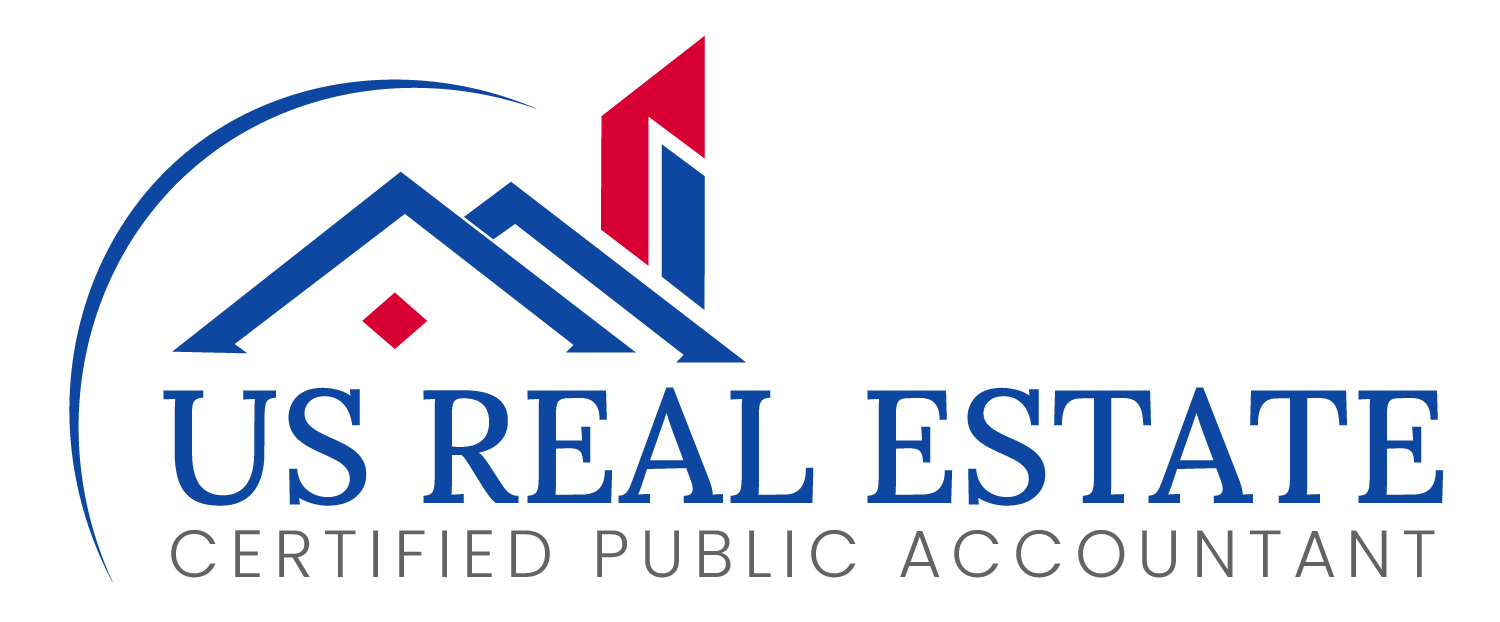
A Complete Guide to Straight-Line Depreciation for Rental Property Owners
If you’re a rental property owner in the U.S., there’s one tax strategy you can’t afford to overlook: depreciation. Among the different ways to claim this benefit, straight-line depreciation stands out as the simplest and most predictable. It’s a reliable method to lower your taxable income every year without the headaches of complex calculations.
This article will explain what straight-line depreciation is and show you how to use it to make your rental property more profitable.
What Is Straight-Line Depreciation?
Straight-line depreciation allows you to spread out the cost of your rental property evenly over its “useful life” as set by the IRS.
For residential properties, the period is 27.5 years, while for commercial properties, it’s 39 years. Each year, you deduct the same amount from your taxable income, providing a reliable way to lower your taxes year after year.
How Does It Work?
The math is refreshingly simple:
Annual Depreciation = Property Value (minus land)/Useful Life
Let’s say you buy a rental property for $300,000, with the land valued at $50,000 (land doesn’t depreciate). Your depreciation calculation would look like this:
Annual Depreciation=$250,000/27.5 years = $9,090.91
That’s $9,090.91 you can deduct from your rental income every year for the next 27.5 years just for owning the property.

Why Should You Care About Depreciation?
Straight-line depreciation is more than just a tax benefit. It also plays a big role in your financial strategy. Here’s why:
- Tax Savings – Depreciation reduces your taxable income, which means you keep more of your hard-earned rental revenue.
- Predictability – Since the deduction amount is the same each year, it’s easy to plan your finances.
- Offset Wear and Tear – Even if your property appreciates in market value, depreciation accounts for its gradual aging and upkeep costs.
Getting Started: Important Rules to Know
Before you start claiming depreciation, there are a few important rules to understand:
- Only the Building Depreciates – The IRS doesn’t allow you to depreciate the land your property sits on.
- In-Service Date – Depreciation begins when the property is ready and available for rent, not when you buy it.
- IRS Form 4562 – You’ll need this form to claim depreciation on your tax return.
What Happens When You Sell?
When you sell a rental property, the IRS will “recapture” the depreciation you claimed. This means you’ll owe taxes on the depreciation deductions at a rate of up to 25% even if the property gained value.
For example, if you claimed $90,000 in depreciation over 10 years, you’d owe taxes on that amount when selling. Although this may sound daunting, the tax savings during ownership often outweigh the recapture tax.
Straight-Line Depreciation vs. Accelerated Depreciation
Straight-line depreciation is simple and steady, but there’s another option: accelerated depreciation, which allows for larger deductions in the early years of ownership. Tools like cost segregation studies can help identify parts of the property (e.g., appliances or landscaping) that depreciate faster. Though this method can boost short-term cash flow, it’s more complex and requires professional guidance.
Conclusion
Straight-line depreciation offers predictable tax savings and helps you make the most of your investment. You can turn this accounting concept into a financial advantage year after year.
However, consult a tax professional to ensure you follow IRS guidelines and capture every possible benefit.



